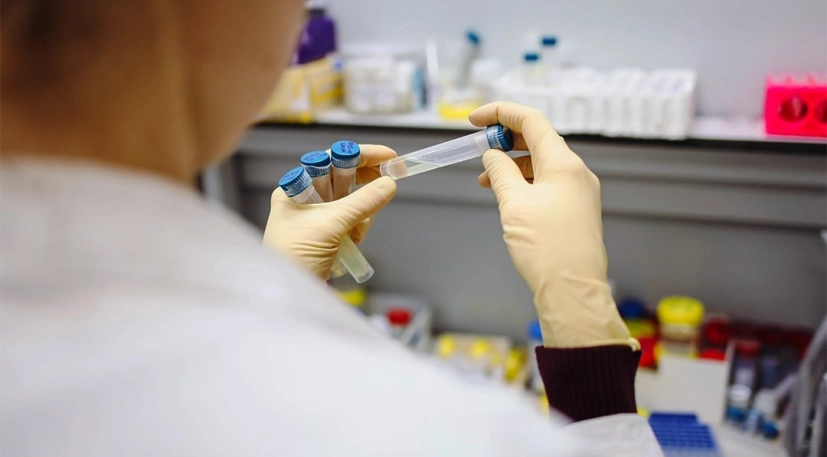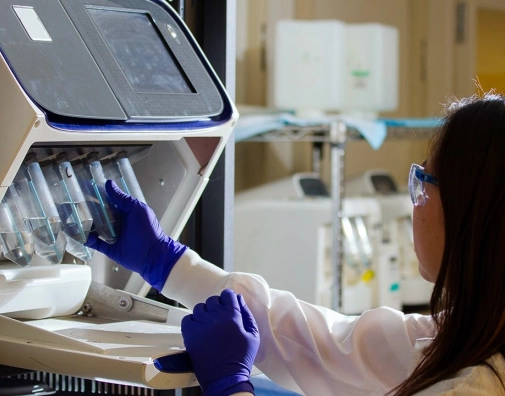
DNA Tests with Non-Standard Samples: How Do They Work?

When we think of a DNA test, we almost always picture the classic buccal swab, which collects saliva from inside the cheek. It is indeed the simplest and most reliable method. But sometimes, obtaining such a sample is not possible: the person may be absent, deceased, or unwilling to participate.
In these cases, there is an alternative: analysis using non-standard samples. Whether it’s a toothbrush, a cigarette butt, or even a hair, these items can provide the DNA needed to carry out a relationship test.
1. What is a Non-Standard Sample?
A sample is considered non-standard when it does not come from a buccal swab. There are three main categories:
- Biological stains: blood, semen, dried saliva, mucus.
- Personal items: cigarette, chewing gum, razor, toothbrush, clothing.
- Biological remains: fingernails, hair (with roots), bones, teeth, tissues.
These alternatives are useful when direct sampling is not possible, but they present an additional challenge: the amount and quality of DNA recovered vary widely.
2. The Crucial Step: DNA Extraction
The process begins with a delicate step: extracting the DNA present in the sample. The laboratory adapts its method to the type of material:
- chemical and enzymatic treatments to release DNA from cells,
- purification to remove impurities (textile fibers, chemicals, bacteria).
Some samples are problematic. For example, hair without roots, very old tissues, or cigarette butts that are too old often contain very little or degraded DNA.
3. PCR: Multiplying the DNA
Once extracted, DNA is sometimes available only in tiny amounts. This is where PCR (polymerase chain reaction) comes in—a technique that multiplies specific regions of the genome.
The laboratory analyzes regions called STRs (Short Tandem Repeats), which act as genetic “fingerprints” unique to each individual. Even a very small trace can be enough… if it has been well preserved.
4. Analysis and Comparison of Profiles
The amplified DNA is then transformed into a genetic profile. This profile is compared to that of other people involved in the test: alleged father, child, siblings, etc.
- If the profile is complete, reliability can reach 99.9%.
- If the DNA is partial or degraded, the result may be limited or require a likelihood ratio report, which expresses a statistical probability rather than an absolute certainty.
5. Limits and Precautions
Choosing a non-standard sample comes with some constraints:
- Variable success rates: some samples (fresh blood, saliva on a cotton swab, a recent toothbrush) yield excellent results. Others (hair without roots, old tissues) have much lower success rates.
- Risk of contamination: an item handled by several people may contain multiple DNA profiles.
- Chain of custody: in the case of a legal test, it must be proven that the sample truly belongs to the individual concerned, otherwise the result has no validity in court.
In Summary
A DNA test on a non-standard sample is possible and can provide valuable answers in complex situations. But its success depends on many factors: freshness of the sample, type of material, and amount of DNA available.
The fresher, cleaner, and more directly linked the sample is to the person, the more reliable the analysis will be.
At Adnà, we always inform our clients about the advantages and limitations of this approach, so they can choose the solution best suited to their situation.
Because Your DNA Has Answers.
Other Journal : Files
VIEW MORE



